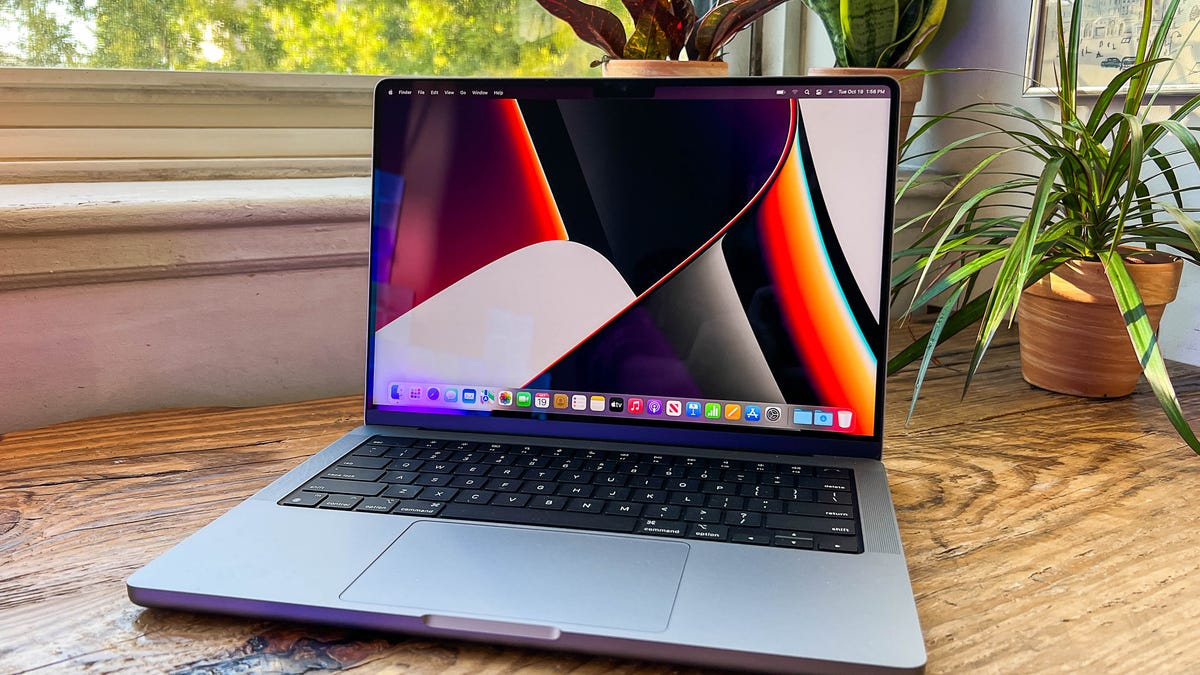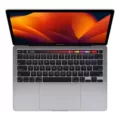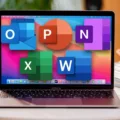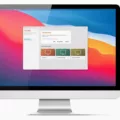For many users, the difference between storage and memory on a Mac can be confusing. While they both play a vital role in helping your Mac run smoothly, there are some key differences between them. To understand how to properly care for your Mac, it’s important to know what each component does and how they work together.
Storage is where all of your documents, photos, music, and other files are stored on your Mac. This includes any files you have saved to the hard drive or external drive connected to your computer. In most cases, it is the main source of data storage for your Mac and should be viewed as the “home” location for all of your files. It’s important to keep in mind that storage capacity is limited and if you run out of space you will not be able to save any more files untl you make room by deleting some existing files.
Memory, often referred to as RAM (Random Access Memory), is used for storing information within programs that are curretly running on your Mac. Think of it like a desk drawer – if you open a program or app, it pulls out the related data from memory and stores it in RAM while you use it. When you close the program or app, its data will then be returned back into memory so that it can be used again later. This helps speed up response times when using applications as they don’t need to reload each time they are opened because their data is already stored in memory.
So when should you upgrade either storage or memory? If your Mac is running slowly or having trouble running multiple programs at once, then upgrading the amount of RAM can help improve performance significantly by allowing more programs to run at once withot slowing down your computer due to lack of resources in memory. On the other hand, if you find yourself frequently running out of storage space due to large file sizes such as photos and videos then an upgrade in storage capacity may be necessary so that you can store more data without worrying about filling up available space too quickly.

Comparing Memory and Storage on a Mac
Having more memory is generally the better option for a Mac. Memory helps your system run faster by allowing it to store data and instructions in its RAM. This speeds up the performance of your apps and programs, as they don’t need to wait for data to be loaded from storage when they are running. Storage is convenient, but external solutions such as hard drives or solid-state drives can be added if more space is needed. Ultimately, havng more memory will give you a better computing experience and will help futureproof your Mac by allowing it to handle more tasks with ease.
Deciding Between Upgrading Storage or Memory
Upgrading both memory and storage can help you get the most out of your computer. Memory upgrades improve system performance by allowing your computer to process multiple tasks simultaneously, wile storage upgrades provide faster recall speeds.
If your computer has an HDD, upgrading to an SSD is your best bet as it will give you a much better performance boost than just adding more memory. However, if you don’t have the resources to upgrade both at once, start by focusing on your RAM. This should help with the most immediate issues relted to multitasking and speed.
Is 256 GB of Memory a Lot for a Mac?
No, 256GB of storage is not a lot for a Mac. If you plan to use it as your main machine, you should consider buying a model with more storage space such as 512GB or 1TB. This is because the operating system and other applications take up a significant amount of space, and with 256GB you likely won’t have eough room for all your files and programs. Additionally, if you plan on installing large software or games on your Mac, 256GB will fill up quickly. So for optimal performance and longevity of your MacBook, we recommend investing in more storage if possible.
Do I Need 64GB of Memory for My Mac?
No, you do not necessarily need a 64GB memory for your Mac. The amount of memory you need depends on the type of activities you plan to do with your computer. If you are a casual user who simply wnts to check emails, browse the web, and watch some online videos then 8GB or 16GB of RAM will likely be more than enough for your needs. However, if you are a power user who plans to use multiple applications at once, edit large files and graphics, or run 3D games then 64GB may be the better option. Ultimately it depends on what tasks you plan to do with your Mac.
Recommended Memory for a Mac
For a Mac, 8GB of memory is a good starting point for most users. It provides enough RAM to run multiple applications and handle basic tasks such as web browsing, word processing and some light media editing. However, if you plan on doing more intensive tasks such as video editing or 3D rendering, then 16GB is the recommended amount of RAM for optimal performance. Additionally, if you have plans to upgrade your Mac in the future with more memory-intensive applications, then 32GB or more is recommended.
The Benefits of Upgrading Storage on Mac
It depends on your needs and preferences. If you have a lot of data or applications that require a lot of space, then upgrading your storage could be worth it. Having more storage available can help free up space on your Mac, allowing for faster performance and less clutter. On the other hand, if you don’t need a lot of storage and you’re aready comfortable with the amount available, then it may not be worth investing in additional storage. Ultimately, it is up to you to decide if an upgrade will benefit your specific situation.
The Benefits of Upgrading to 16GB RAM MacBook Air
Yes, absolutely! Upgrading to 16GB RAM on your MacBook Air will provide a significant performance boost and make multitasking much easier. You’ll be able to keep more Chrome tabs open without compromising performance, as well as run more resource-intensive applications like Lightroom without any lag. With the extra RAM, your Mac will be able to handle more tasks at once with ease. And since you’re not upgrading storage on your device, you’ll still be able to store the same amount of data. All in all, it’s defintely worth the investment!
Is 256GB Storage Space Sufficient for a Mac?
No, 256GB should be more than enough for most users on Mac. It is a sufficient amount of storage for daily use, and it can even handle basic video and photo editing tasks. For the most part, 256GB should provide enough space to store photos, videos or music with plenty of space left over for applications, documents and other files. For those who need more storage, larger capacity options are available from Apple ranging from 512GB up to 8TB with their 4K iMacs.
Is 256GB Storage Sufficient for MacBook Air Students?
Yes, 256GB of storage capacity is plenty for a MacBook Air student. With this space, you’ll have enough room to store your school documents, photos and videos, music, applications, and more. You won’t need to worry about running out of space any time soon. Plus, having more storage capacity allows you to work faster since your Macbook doesn’t have to work as hard to access data from the hard drive. So go ahead and get that 256GB MacBook Air – it’s a great choice for students!
Is 512GB of Storage Sufficient for an iMac?
Yes, a 512GB SSD is more than enugh for an iMac. With a 512GB drive you should have plenty of room to store your operating system, applications, and data. It is important to note that the storage capacity of an SSD does not affect the speed of the computer – it only stores information, not process it. So if you’re looking for fast performance, then look at your CPU and RAM instead. That being said, if you do find yourself needing more storage space in the future, you can always add external hard drives or other forms of external storage to accommodate your needs.








